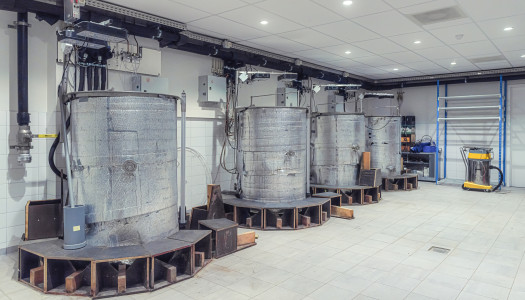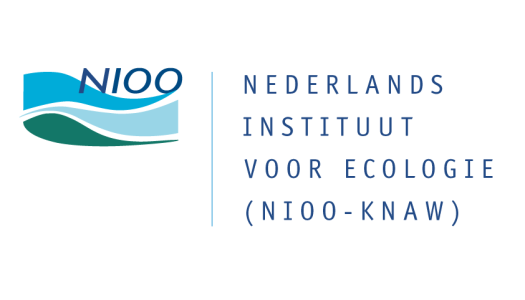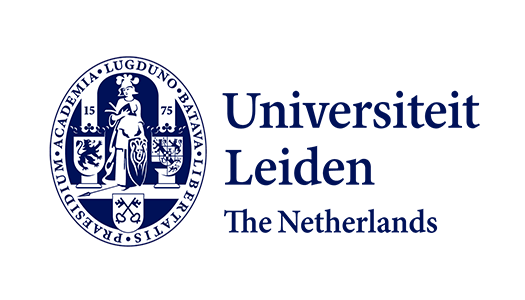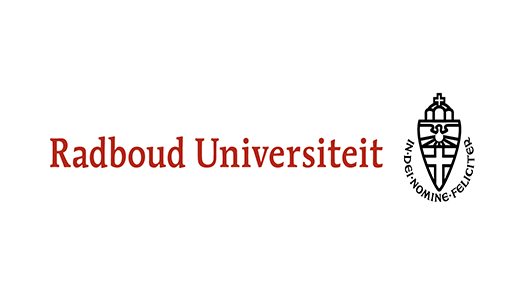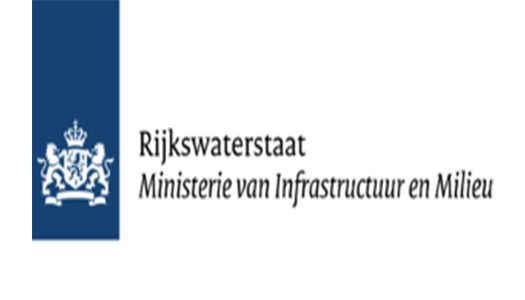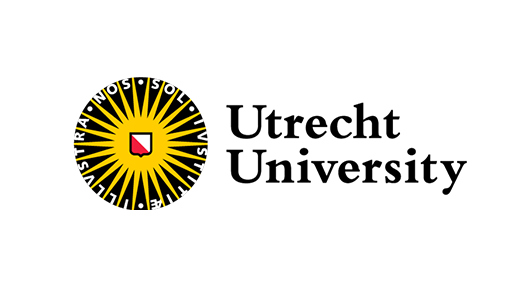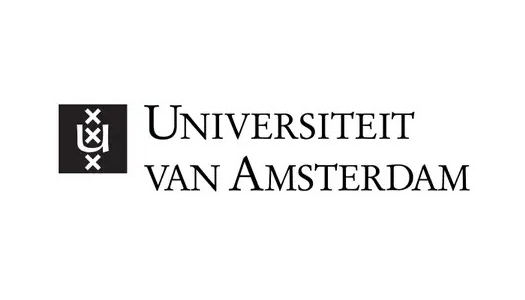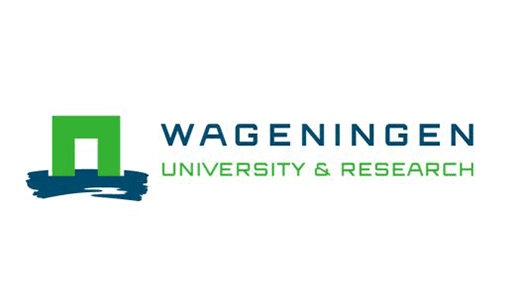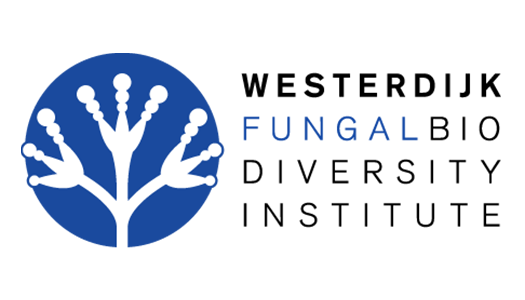Ecological research infrastructures in the Netherlands
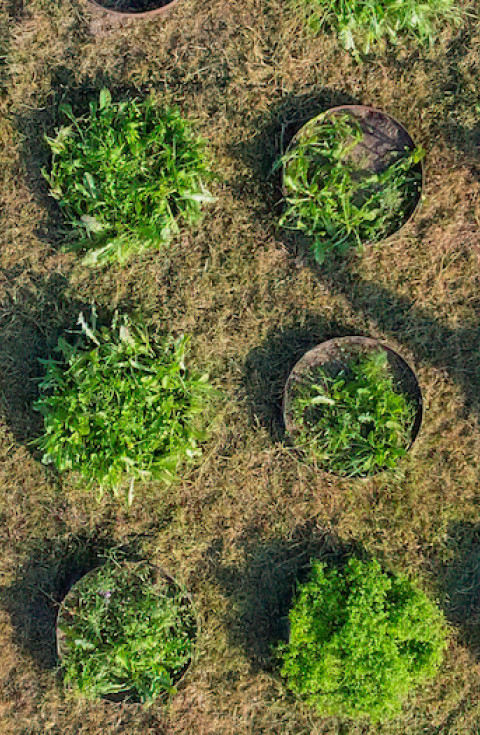
From experimental mini-ponds to research vessels, and from living labs to collections: in The Netherlands we have many ecological research facilities. This website provides a national overview of the large-scale ecological research infrastructures.
For ecological researchers in the Netherlands this overview offers opportunities to team up with other researchers and to link to existing ecological research facilities and initiatives. Currently, the inventory of large-scale ecological research facilities focuses on ecotrons, scientific (data) collections, long-term field studies and research infrastructures for fieldwork.
Map
List
Filter by
Infrastructure type
Landscape type
Institute
Active filters
Filter by
Infrastructure type
Landscape type
Institute
Active filters
-
Aqua-flex Arena: Outdoor mesocosms
The Aqua-flex Arena is a fenced terrain (2500 m2; 80 x 32m) for performing outdoor mesoscosm experiments throughout the year, in the immediate promixity of the NIOO Aquatic Laboratories. Experiments can be performed with > 100 experimental units. There is great flexibility in the spatial set up of experimental units.
-
ARISE
The ARISE project is building an infrastructure that will identify and monitor all multicellular species in the Netherlands.
-
Avian blood sample collection
Since 1994, we collect genetic samples from insects (winter moth) and birds (mainly great tit, blue tit, pied flycatcher, oystercatcher and various waterfowl). The location and specifications of a sample can be found in our relational data warehouse. There are more than 170,000 blood samples, feathers and other tissues stored at NIOO. The samples can be used to investigate the genotype of an individual or population in relation to their fenotype.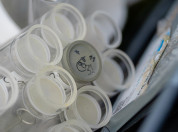
-
Bacterial collection
NIOO has a collection of thousands of bacterial strains isolated from different (semi-)natural and agricultural environments. Most are bacteria isolated from soils, rhizosphere or plant parts, but aquatic strains are present as well.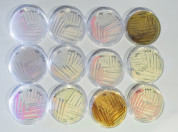
-
BioCliVE
The Utrecht University Biodiversity and Climate Variability Experiment, UU BioCliVE, is an experiment manipulating plant diversity and future precipitation scenarios to examine how biological diversity can provide us with natural insurance against climate change.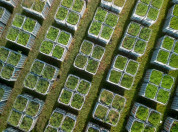
-
CBS-KNAW collections and databases
The CBS-KNAW culture collection from the Westerdijk Fungal Biodiversity Institute (WI-KNAW) is the largest in the world with more than 100.000 strains of fungi (including yeasts) and bacteria (including wild-type and mutant strains), hosts suitable for DNA research, genetically engineered plasmids, broad-host-range plasmids and phages.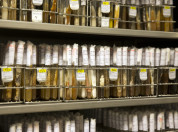
-
Mesocosms for soil-plant-insect interactions
A total of 40 mesocosms are distributed in five rows of eight mesocosms with a spacing of 0.5 m between them. In spring/summer we grow plant species that are currently expanding their range within Europe and species that belong to the same genus while being native in the Netherlands.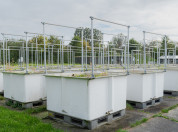
-
Palaeoecology Reference Collection
The Palaeoecology Reference Collection contains reference specimens and archived material from palaeoecological investigations.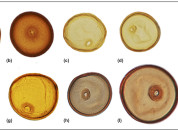
-
Soil ecotron
The ecotron consists of 60 cilinders with intact (non-disturbed) sand, peat or sea clay cores (20 each). For each soil treatment, ten of the cilinders are inoculated with soil from species-rich grassland with the same soil type. The other ten are inoculated with sterile soil from the same grassland. The cilinders are buried in an experimental garden.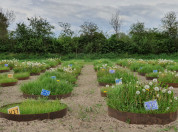
-
Veluwe grassland plant collection
This is a systematic collection of eight plant species from five grassland sites in the Veluwe, for which some tissue from individual plants is stored at -80 °C. For each site, up to 10 individuals from each species have been sampled along a transect at two time points (late May and early August).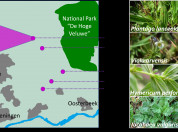
-
Vogeltrekstation (Dutch Centre for Avian Migration and Demography)
Vogeltrekstation (Dutch Centre for Avian Migration and Demography) is a cooperation between NIOO-KNAW and the Ringersvereniging (bird banding society). It arranges the daily practicalities with relation to catching and ringing of wild birds for science, policy and conservation.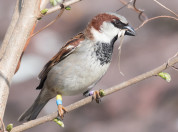
-
Waterfowl facility
This is a facility for keeping waterfowl for behavioural and physiological research. The facility consists of an outdoor aviary and a building for birds indoors.
www.eco-ri.nl is initiated and maintained by the Netherlands Institute of Ecology (NIOO-KNAW), and supported by the Dutch universities and research institutes connected to NERN (Netherlands Ecological Research Network) and/or BiodiversityXL (Centre of Excellence for Netherlands Biodiversity Research).
The inventory of ecological research infrastructures is ongoing.
Highlighted ecological research infrastructures
-
National Research Fleet
The National Research Fleet consists of three research vessels: RV Pelagia, RV Navicula and RV Adriaen Coenen.
-
Limnotrons
The limnotrons are nine stainless steel indoor mesocosms with a high level of control.
-
LTSER-platform Veluwe
The Veluwe is the largest connected nature area of the Netherlands, with a great array of ecological and socio-economic research.
Contact
If you have any additions to the inventory, please contact the NIOO Research Support Office via rso@nioo.knaw.nl.


